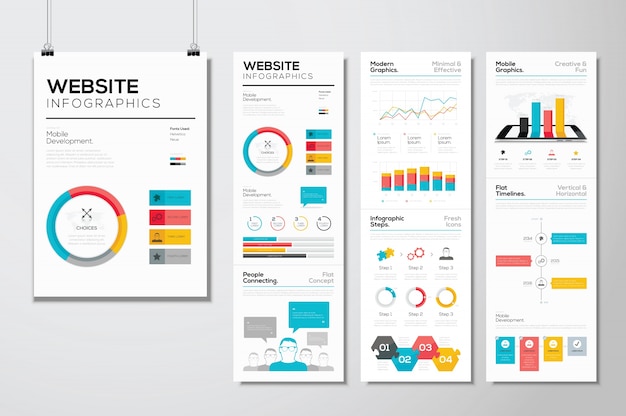The Advancement Of Web Site Style: From Earlier Times To Now
The Advancement Of Web Site Style: From Earlier Times To Now
Blog Article
Authored By-Rasmussen Peters
In the past, internet sites were simple and concentrated on information. Navigating was straight, and design was for desktop computers. Currently, customer experience is vital. Data overviews layouts for easy navigating. Responsive formats match different gadgets. Today, dark mode lowers stress, and minimalist food selections enhance navigation. Interactive features involve users, and bold visuals stick out. AI assimilation enhances interaction. See how style has actually developed to enhance your online trip.
Very Early Days of Web Design
In the very early days of website design, simplicity preponderated. Web sites were basic, with minimal colors, fonts, and layouts. The focus was on providing info rather than fancy visuals. Users accessed the internet through slow dial-up connections, so rate and capability were vital.
Navigating food selections were straightforward, typically located at the top or side of the web page. Websites were designed for computer, as mobile surfing wasn't yet common. Material was king, and developers prioritized simple readability over intricate style elements.
HTML was the main coding language used, and developers had to work within its restraints. Computer animations and interactive functions were very little compared to today's requirements. Websites were static, with little dynamic material or customized individual experiences.
Increase of User-Focused Style
With the development of website style, a shift towards user-focused design concepts has come to be increasingly noticeable. Today, creating web sites that focus on individual experience is important for engaging site visitors and attaining company goals. User-focused layout involves understanding the demands, preferences, and actions of your target market to customize the site's layout, web content, and includes appropriately.
visit the next site carry out comprehensive research, such as user surveys and use testing, to collect understandings and feedback straight from individuals. This data-driven technique helps in producing user-friendly navigation, clear calls-to-action, and aesthetically enticing user interfaces that resonate with site visitors. By placing the individual at the facility of the layout process, internet sites can deliver an extra customized and pleasurable experience.
Receptive style has additionally emerged as an essential facet of user-focused style, guaranteeing that web sites are optimized for numerous devices and display sizes. This flexibility enhances availability and use, accommodating the varied methods users engage with websites today. Fundamentally, the rise of user-focused design signifies a change towards developing digital experiences that focus on the requirements and assumptions of the end individual.
Modern Trends in Website Design
Check out the latest fads forming web design today. One popular pattern is dark mode layout, using a streamlined and modern look while lowering eye strain in low-light settings. An additional essential pattern is minimalist navigation, simplifying food selections and improving user experience by focusing on essential elements. Incorporating micro-interactions, such as computer animated switches or scrolling effects, can produce an extra engaging and interactive internet site. Responsive style stays critical, ensuring smooth individual experiences throughout different tools. In addition, using vibrant typography and asymmetrical formats can add aesthetic interest and draw attention to specific web content.
Integrating AI innovation, like chatbots for consumer assistance or customized recommendations, boosts user interaction and improves processes. Access has likewise come to be a significant trend, with developers prioritizing comprehensive design practices to satisfy varied individual requirements. Accepting sustainability by optimizing internet site efficiency for speed and performance is one more emerging fad in website design. Collaborating with individual comments and data analytics to repeat and boost design continually is essential for staying pertinent in the ever-evolving electronic landscape. By accepting these contemporary trends, you can develop an aesthetically enticing, easy to use site that resonates with your target market.
Final thought
As you assess the evolution of web site design from the very early days to now, you can see how user-focused layout has actually become the driving force behind modern-day trends.
Accept https://www.forbes.com/sites/forbesbusinesscouncil/2022/02/15/five-essential-steps-to-include-in-your-digital-strategy-for-2022/ of adjustment and adjustment in web design, always maintaining the user experience at the center.
Stay current with the latest trends and modern technologies, and never ever quit progressing your strategy to produce aesthetically sensational and straightforward sites.
Develop, adapt, and develop - the future of web design is in your hands.
